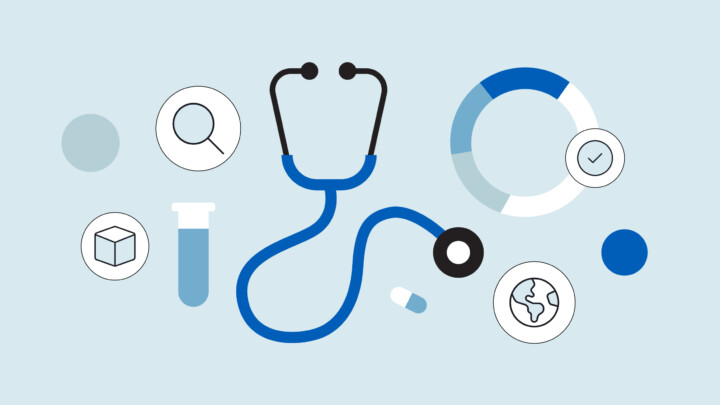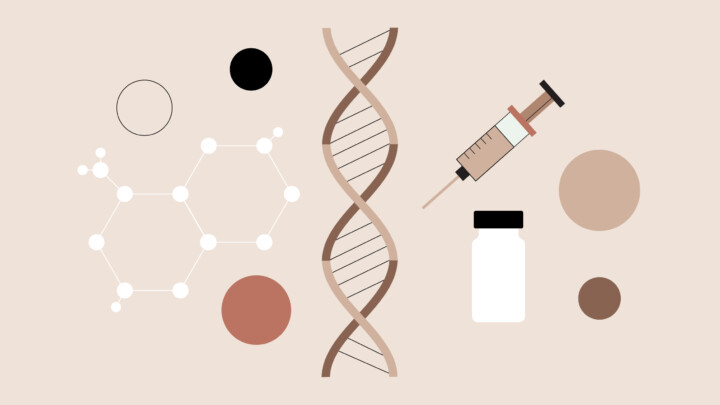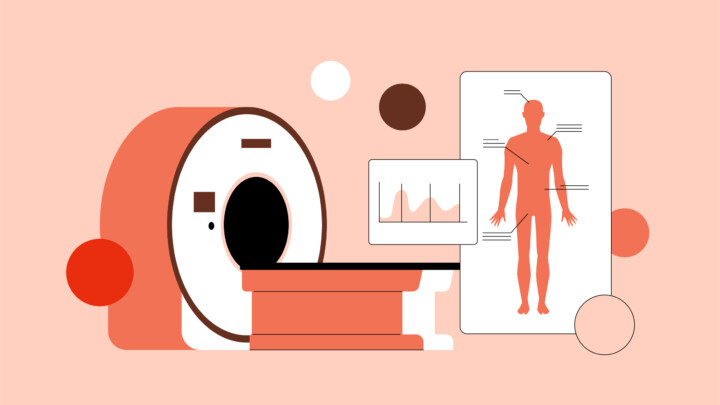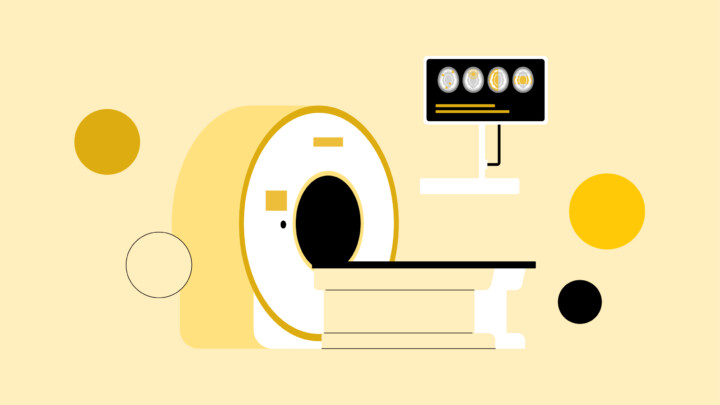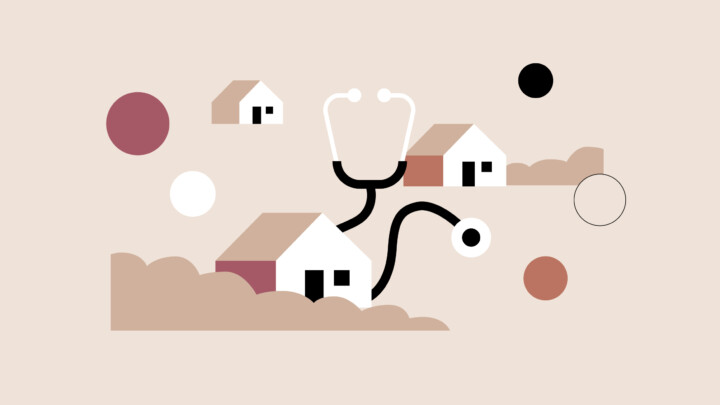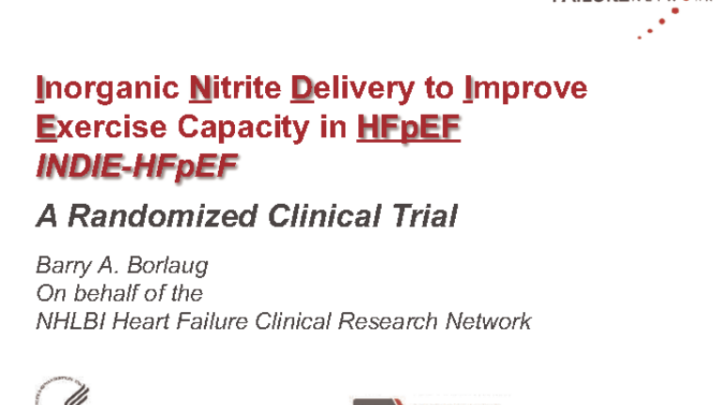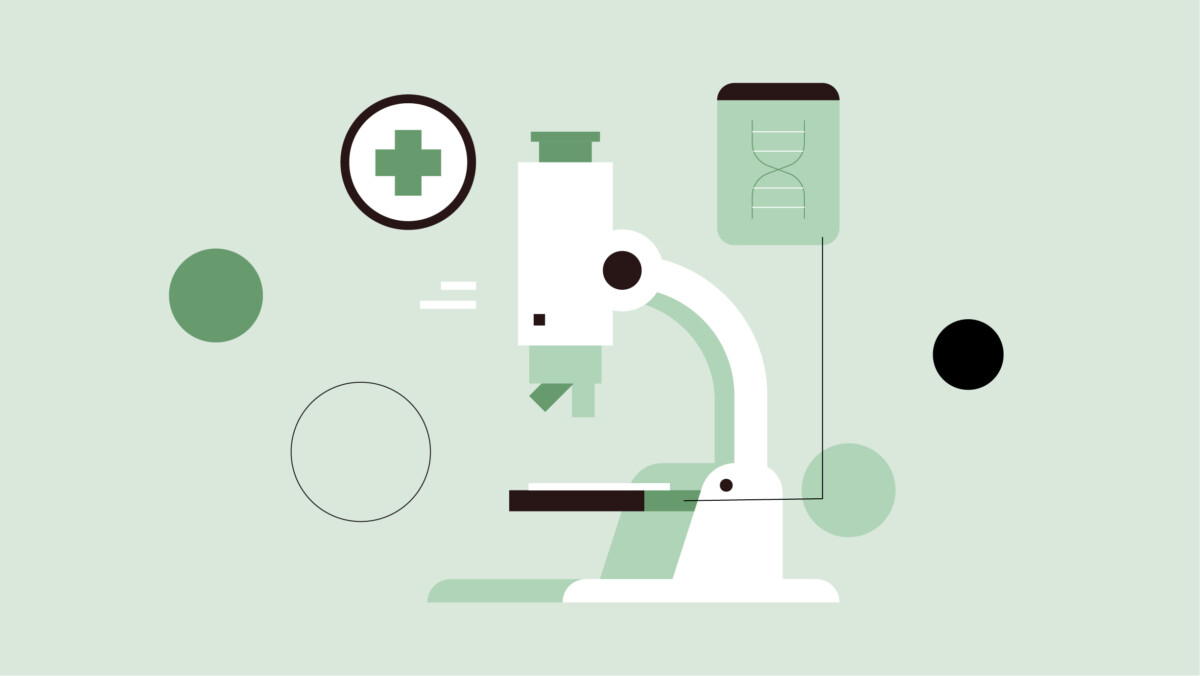
Imagine this: a patient with a high risk of cardiovascular disease learns this not after a heart attack, but through a genetic screening that prompts early, personalized prevention. Or, someone with treatment-resistant depression might finally find relief through a pharmacogenomic test that reveals which antidepressants their body is best equipped to metabolize. This is the future precision medicine promises.
Yet for many physicians, it remains more aspirational than practical. A recent poll of Sermo members reveals a disconnect: only 21% of physicians actively integrate precision medicine into their practice, despite 42% believing it holds major potential for improving patient outcomes.
This gap between promise and practice isn’t just about technology—it’s about accessibility, training and cost barriers. In this article, dive into precision medicine’s potential, where it’s making a real impact today and what’s holding back broader adoption.
What is precision medicine and why does it matter?
Precision medicine represents a shift from the traditional “one-size-fits-all” approach to healthcare. Rather than treating all patients with the same condition identically, precision medicine uses individual variability in genes, environment and lifestyle to develop targeted treatment and prevention strategies.
Precision medicine encompasses several key components: genomic sequencing to identify genetic variants that influence disease risk and drug response, biomarker testing to guide treatment selection and data analytics to predict which interventions will work best for specific patient populations. This approach allows clinicians to select therapies most likely to benefit individual patients while minimizing adverse effects.
Sermo members see potential in the approach. “Precision medicine would be most helpful in determining which medication will provide the most benefit without the trial-and-error process,” writes a rheumatology and internal medicine physician.
Where precision medicine is making the biggest impact today
Current applications of precision medicine span multiple specialties, with some areas showing more advanced implementation than others. Oncology is a prime example, with targeted therapies based on tumor genetics becoming increasingly common practice. The development of treatments that target specific genetic mutations in cancers has transformed outcomes for many patients who previously had limited options.
Precision medicine applications are already well-established in other specialties as well. “We already employ precision medicine with theragnostic scans and radiopharmaceuticals in Nuclear Medicine PET imaging,” reveals a radiologist on Sermo. These theragnostic approaches combine diagnostic imaging with targeted therapy, allowing clinicians to both identify patients who will benefit from specific treatments and deliver those treatments with precision.
Physicians are also using precision medicine to optimize antiretroviral therapy. “I have used pharmacogenetics in the context of pharmacogenomics to study viral trophies and, in the case of Abacavir, possible allergies prior to treatment,” shares an infectious disease specialist on Sermo. This application prevents potentially life-threatening adverse reactions while ensuring optimal therapeutic efficacy.
Dementia care is beginning to incorporate biomarker testing to improve diagnostic accuracy. While still emerging, this application is especially noteworthy given the challenges of traditional dementia diagnosis and the development of new targeted therapies.
These applications share common characteristics: they provide actionable information that directly influences treatment decisions, have demonstrated clinical utility in improving outcomes and represent areas where traditional approaches have limitations.
Barriers to adoption: cost, access and training gaps
Despite the promise and early successes, barriers prevent broader adoption of precision medicine. Sermo polling reveals cost and reimbursement issues as a primary obstacle, cited by 36% of physicians. This financial barrier occurs at multiple levels, from the cost of genetic testing and specialized diagnostics to the infrastructure investments required for implementation.
Access to testing represents another major barrier, with 21% of votes. Low-income and minority populations are less likely to be able to receive precision medicine treatment, with socioeconomic position, education, data and regulatory frameworks limiting access, according to one study. “The biggest issue is access and infrastructure—not every hospital can do it yet,” states a general practitioner and Sermo member. A general practice resident reveals that “their workplace is partially equipped,” lacking diagnostic and data capabilities, while a GP shares that their workplace’s “financial situation only allows for small steps.”
Training gaps, selected by 17% of respondents, reflect the educational demands of precision medicine. Precision medicine requires understanding of genetics, bioinformatics and complex diagnostic testing, areas in which not all physicians may be well educated.
The evidence base itself presents another challenge, with 20% of physicians citing insufficient clinical evidence and guidelines as a barrier. While precision medicine shows promise, many applications still lack the robust clinical trial data that physicians expect before adopting new treatments. This creates a chicken-and-egg problem where broader adoption is needed to generate the evidence base, but evidence is needed to drive adoption.
Looking Ahead: AI, genomics, and the future of medical practice
Sermo survey data reveals members are most intrigued about AI diagnostics, with 32% ranking this as the precision medicine tool they’re most interested in. Pharmacogenomics follows at 26%, and genetic risk scoring (22%) and liquid biopsies (13%) round out the top areas of interest. “AI-powered diagnostics and pharmacogenomic therapies will shape the next wave of care,” predicts one family medicine physician.
The integration of AI with precision medicine offers a solution to one of precision medicine’s core challenges: the complexity of interpreting multi-dimensional patient data. AI systems can synthesize genomic information, clinical data, imaging results and environmental factors to provide treatment recommendations. The authors of one 2020 study concluded that together, AI and precision medicine could improve prevention and early detection of disease and ultimately lower the cost of preventive healthcare for all.
However, Sermo members emphasize that precision medicine and AI should augment rather than replace clinical judgment. “If people – patients or physicians – think AI and precision medicine will make them healthier, they’re almost certainly mistaken,” cautions an OBGYN. “This has the potential to be wonderful technology – used as a tool, but not to replace lifestyle or common sense.”
The pharmacogenomics field, ranked second in physician interest, represents an area where practical implementation is already advancing. As costs decrease and testing becomes more routine, pharmacogenomic testing may become as standard as checking drug allergies before prescribing medications.
Future developments will likely focus on making precision medicine more accessible and practical for routine clinical use. This includes developing point-of-care testing that provides rapid results, creating clinical decision support tools that integrate seamlessly into electronic health records (EHR) and establishing reimbursement models that make precision medicine financially viable for healthcare systems.
Sermo members are split as to how long they think it will take for precision medicine to become standard care practice. In a poll, 31% predicted it would take five to 10 years, 24% said three to five years, and 20% voted one to three years. “With precision medicine, outcomes have been better,” writes a general surgeon on Sermo. “But it will take about 10–20 years for full adoption, and costs could rise.”
11% believe precision medicine is already standard care practice, and 11% believe it unlikely ever will be. “Insurance companies, evidence based guidelines, major medical societies, and medical schools do not address this field of study,” writes a family medicine physician. “This feels like a long way away from becoming the standard of care.”
Key takeaway
Precision medicine has a solid scientific foundation, early applications show clear benefits and physician interest remains high. However, barriers like cost, access and training limitations prevent broader adoption. “Precision medicine is exciting and already changing care—but we must close the gaps in access and training,” writes a GP on Sermo.
The Sermo community’s general attitude towards precision medicine reveals cautious optimism. “Precision medicine brings a promise that feels both revolutionary and deeply human: care that truly fits the individual,” expresses an ophthalmology resident. “But this promise comes with challenges—rethinking how we diagnose, treat, and follow up with patients.” Another physician is “fascinated by the prospects,” but “a bit cautious” about potential unknown drawbacks.
Sermo members contribute to ongoing discussions about precision medicine, encompassing both practical experiences and ethical concerns. Sign up for free to join more than 1 million physician members and add your thoughts, experiences and predictions to the conversation.
